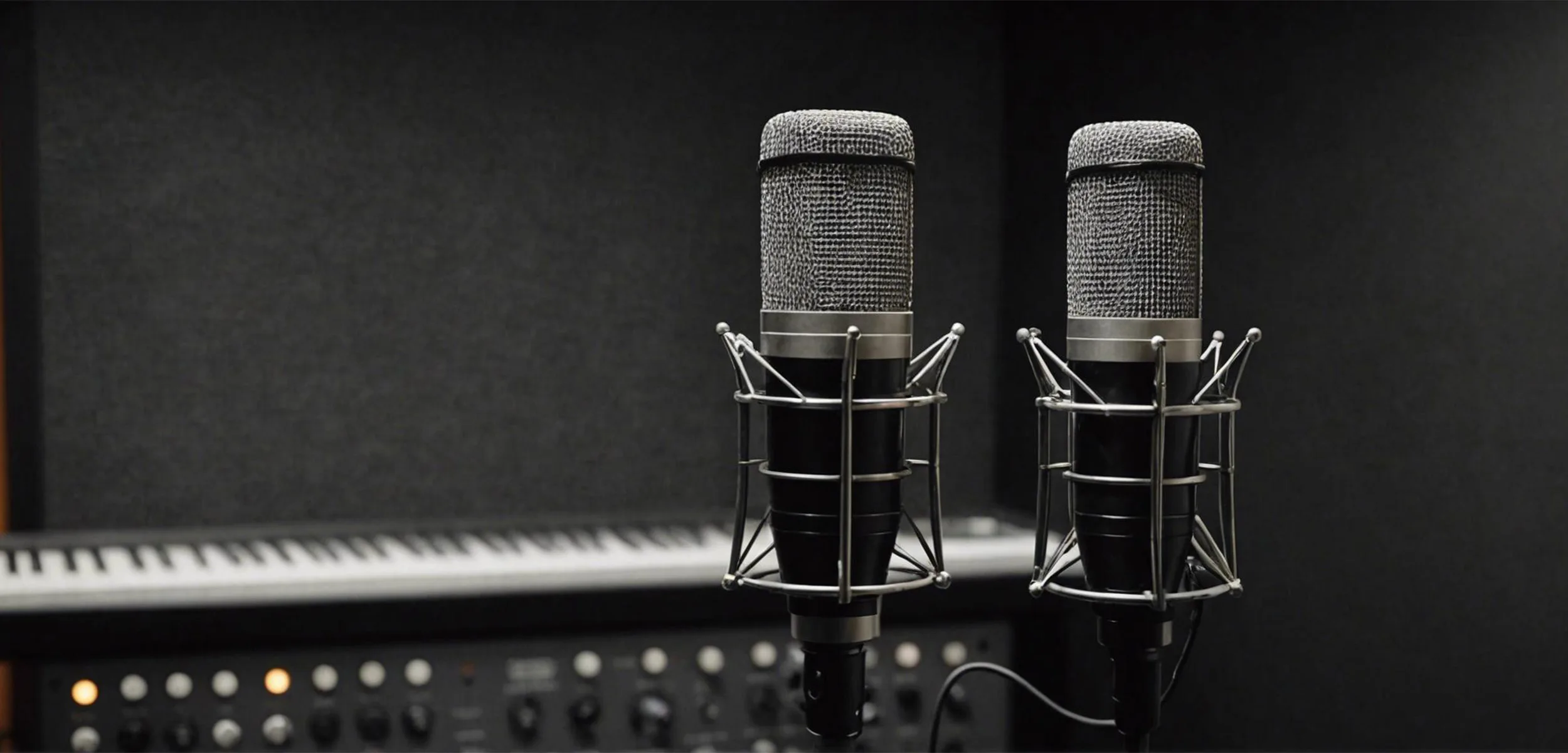Mixing tech house vocals demands precision and an understanding of the genre’s distinct elements.
This article dives into the essential techniques and tricks to master tech house vocal mixing, covering key aspects like choosing appropriate vocal samples, employing EQ and compression, and leveraging layering and effects.
Discover how to elevate your tech house tracks with expertly mixed vocals.
Key Takeaways
- Select high-quality vocal samples that suit the tech house genre.
- Apply EQ to carve out frequencies and ensure vocals sit well in the mix.
- Use compression to control dynamics and maintain vocal presence.
- Layer vocals with harmonies or doubles for added depth and texture.
- Implement effects like reverb and delay judiciously to create space and ambiance.
- Regularly reference professional tech house tracks to match industry standards.
Understanding Tech House Vocals
Tech house vocals play a pivotal role in creating the genre’s distinctive sound. These vocals often combine elements of both house and techno, characterized by rhythmic complexity and a deep, driving energy.
Understanding the nuances of tech house vocals can significantly improve the overall mix.
Characteristics of Tech House Vocals
Tech house vocals are generally sparse but impactful. They often include short phrases, snippets, or single words that are rhythmically placed to complement the beat.
The tone can range from soulful to robotic, depending on the track’s mood. Vocals are usually dry with minimal effects but may include slight reverb or delay to blend seamlessly with the instrumental elements.
They usually occupy the mid-to-upper frequency range, ensuring they cut through the mix without overwhelming other elements.
Importance of Vocals in Tech House
Vocals in tech house tracks serve as a bridge between the listener and the rhythmic foundation. They provide a focal point around which the groove can develop.
Skillfully mixed vocals can enhance the track’s emotional impact and make it more memorable. Properly balanced vocals also ensure that the track maintains its energy and flow, crucial for both club settings and personal listening experiences.
Best Tricks to Mix Tech House Vocals
Mixing tech house vocals requires mastering specific techniques to ensure they blend seamlessly with the instrumental elements. Three key areas to focus on are choosing the right vocal samples, applying EQ and compression effectively, and using layering and effects judiciously.
Choosing the Right Vocal Samples
Selecting the perfect vocal samples is the first step. Tech house thrives on minimalistic yet impactful vocals. Look for samples that complement the track’s rhythm and energy.
Vocals should be rhythmically engaging but not overly complex, often comprising short phrases or single words. Ensure the samples are of high quality to avoid extensive post-processing.
Vocals that occupy the mid-to-upper frequency range will typically sit better in the mix without clashing with bass-heavy elements.
EQ and Compression Techniques
Applying EQ and compression correctly can make a significant difference. Start by using EQ to carve out unnecessary frequencies. Cut any low-end rumble below 100Hz, which is commonly occupied by kick and bass.
Boost frequencies between 2kHz and 5kHz to enhance clarity and allow the vocals to cut through the mix. Compression is essential for controlling dynamics and maintaining vocal presence.
Use a moderate ratio (3:1 or 4:1) with a fast attack and medium release settings to even out peaks and ensure consistency. Fine-tune these settings to retain the natural dynamics without squashing the vocals.
Layering and Effects
Layering and effects add depth and texture to tech house vocals. Consider doubling the vocals and panning them slightly left and right to create a wider stereo image. Adding harmonies can also enrich the vocal texture.
Use effects like reverb and delay sparingly to avoid muddiness. A short reverb can add a sense of space, while a timed delay can enhance rhythmic elements.
Ensure these effects blend naturally with the track’s overall ambiance to maintain clarity and coherence.
Conclusion
Mastering tech house vocal mixing involves selecting suitable vocal samples and applying precise EQ and compression techniques.
Using layering and effects wisely, and understanding these key aspects, can significantly elevate the quality of tech house productions.
Regularly referencing professional tracks can also help. By following these best practices, one can achieve a well-balanced mix that stands out in the genre.
Frequently Asked Questions
1. What type of vocal samples work best for tech house?
High-quality samples that are minimalistic yet impactful, often short phrases or single words, suit tech house.
2. How should EQ be applied to tech house vocals?
Cut frequencies below 100Hz to remove rumble and boost between 2kHz to 5kHz for clarity.
3. What compression settings are ideal for tech house vocals?
Use a moderate ratio (3:1 or 4:1), with a fast attack and medium release, to maintain vocal consistency.
4. How can layering enhance tech house vocals?
Doubling vocals and panning them slightly left and right, or adding harmonies, can increase depth and texture.
5. What effects are most effective on tech house vocals?
Use short reverb to add space and timed delay to enhance rhythmic elements, ensuring they blend naturally.
6. Why is referencing professional tracks important?
Referencing helps match industry standards and ensures a well-balanced mix that stands out in the genre.
Read other articles
-
 June 23, 2025
June 23, 2025Feeling vs Technique in Music Production
Feeling vs Technique in Music Production
-
 June 4, 2025
June 4, 2025The Rise of the Middle Eastern Sound and its Impact on EDM
The Rise of the Middle Eastern Sound and its Impact on EDM
-
 April 4, 2025
April 4, 2025Stop Letting AI Master Your Tracks (Here’s What You’re Missing)
Stop Letting AI Master Your Tracks (Here’s What You’re Missing)

